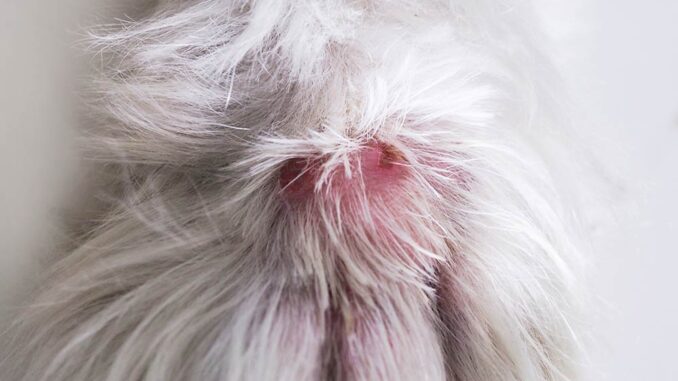
This article was updated on September 15th, 2023
Snake bites can cause a variety of clinical signs depending on several factors. This includes the species of snake, type of venom, location of the bite, and severity of the envenomation. We have included a variety of photos of dogs that have been bitten by snakes.
This is an example of a dog that has been bitten on the foot by an unknown snake. You can see the two puncture sites from the fangs:
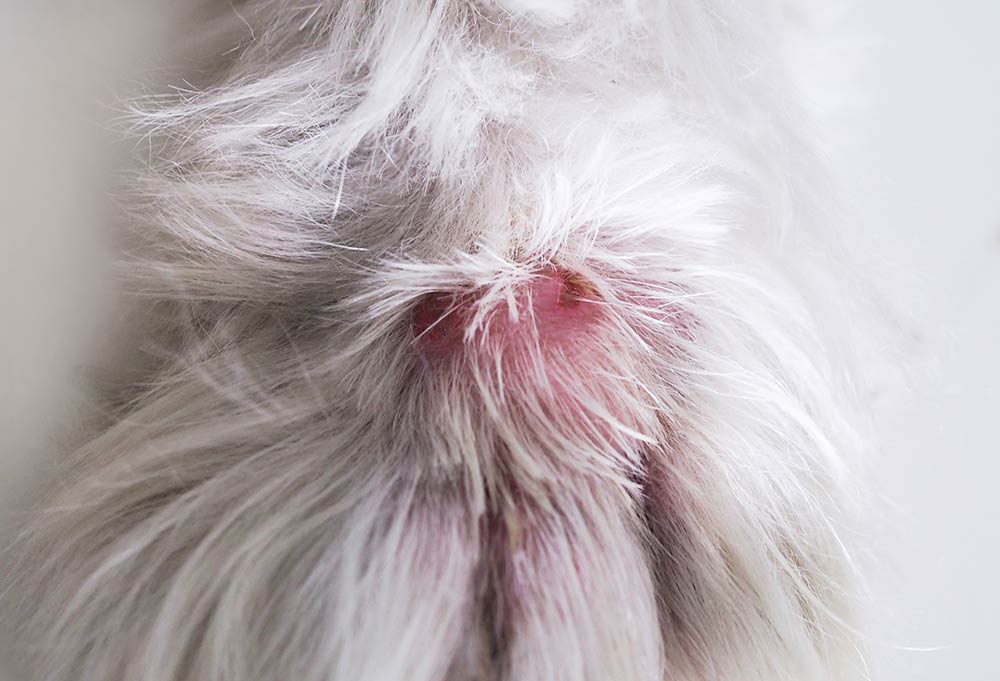
This is a dog developing facial swelling after a snake bite.
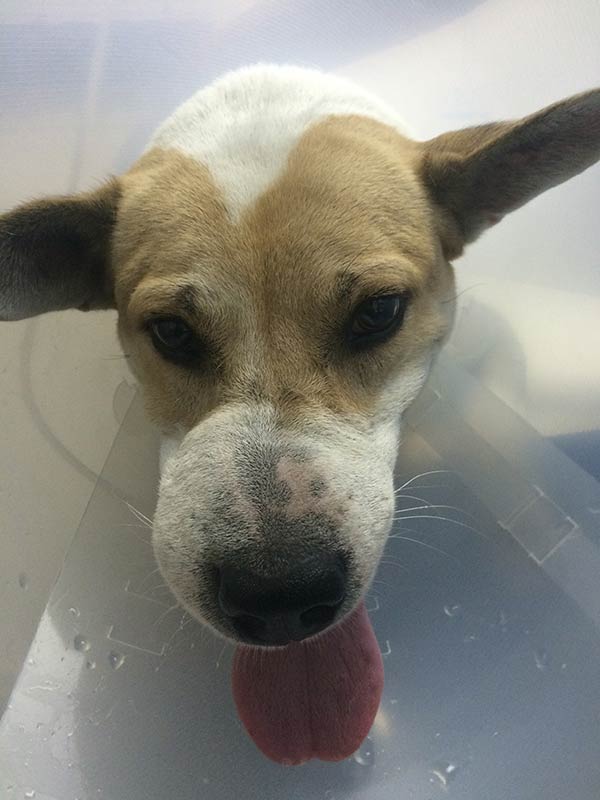
The dog in this photo was bitten in the face by a rattlesnake:

This is an image of a dog bitten by a rattlesnake that has significant facial swelling and bleeding from her eye:

The dog in this image developed a necrotic wound after being bitten by a rattlesnake:
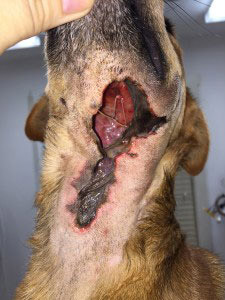
This dog required amputation after being bitten by a venomous Adder:
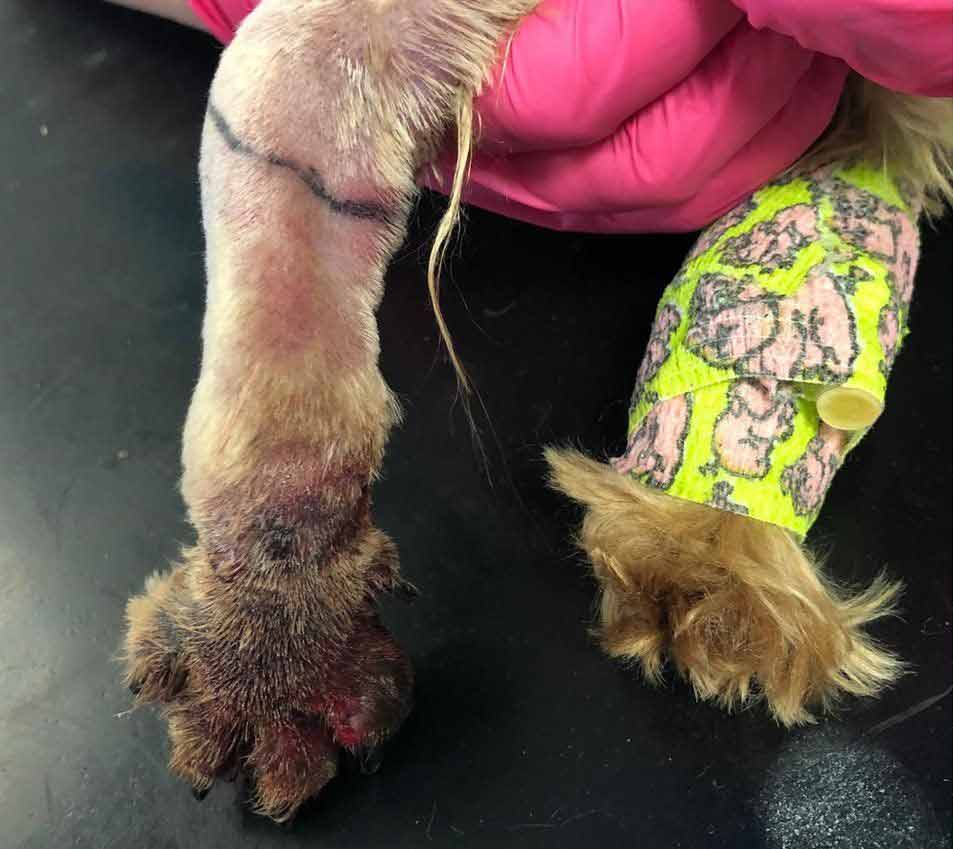
Another dog with significant bruising after an Adder snake bite:
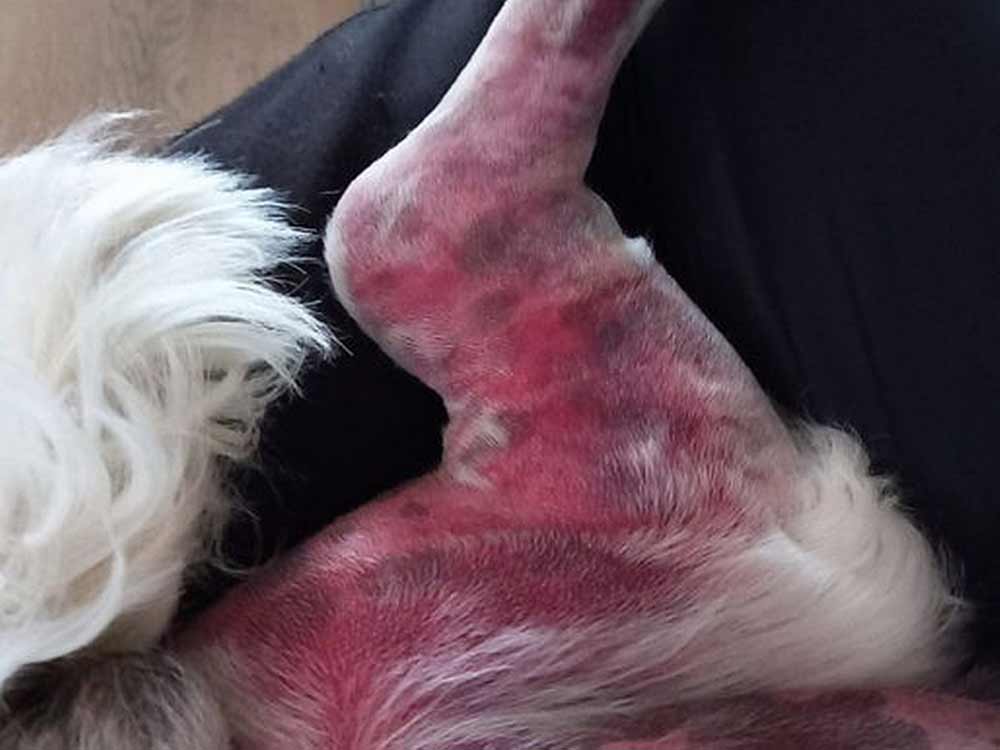
Related post: Snake Bites on Dogs: Signs and Treatment Advice from a Vet
Snake bite picture on a dog’s leg:
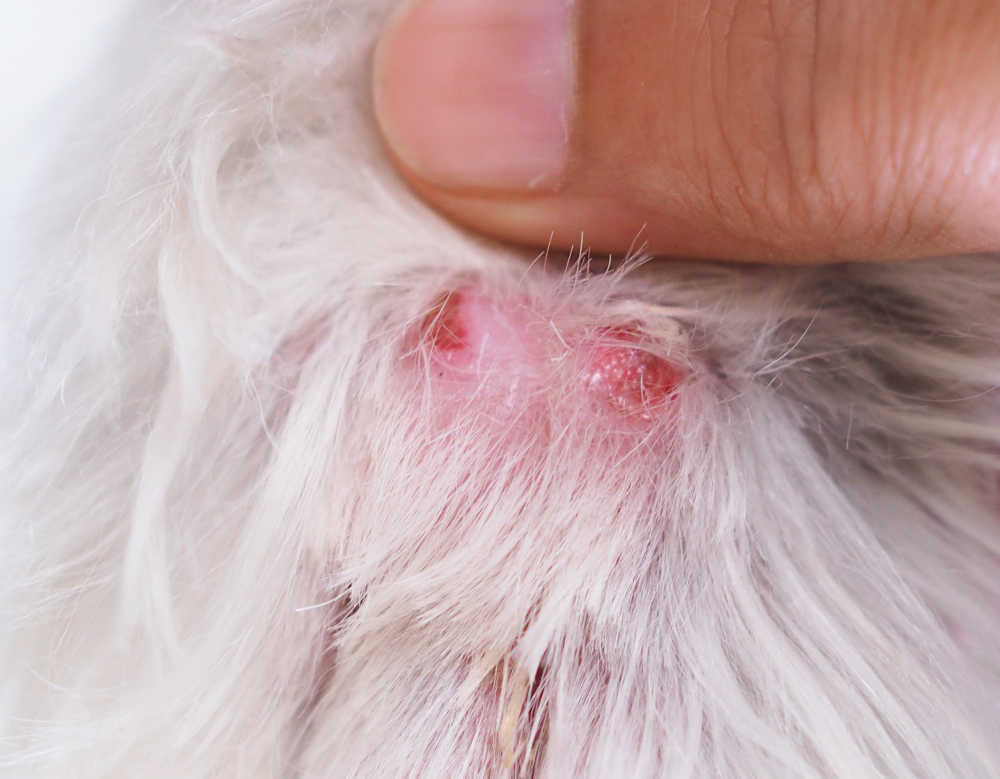
Is it a snake bite or something else?
Many snakebites are unwitnessed, leaving pet owners only wondering what could have happened. A variety of other conditions can resemble snake bites, so we have included several photos of these below.
Anaphylaxis – This is a severe allergic reaction characterized by hives, facial swelling, vomiting, diarrhea, and collapse.
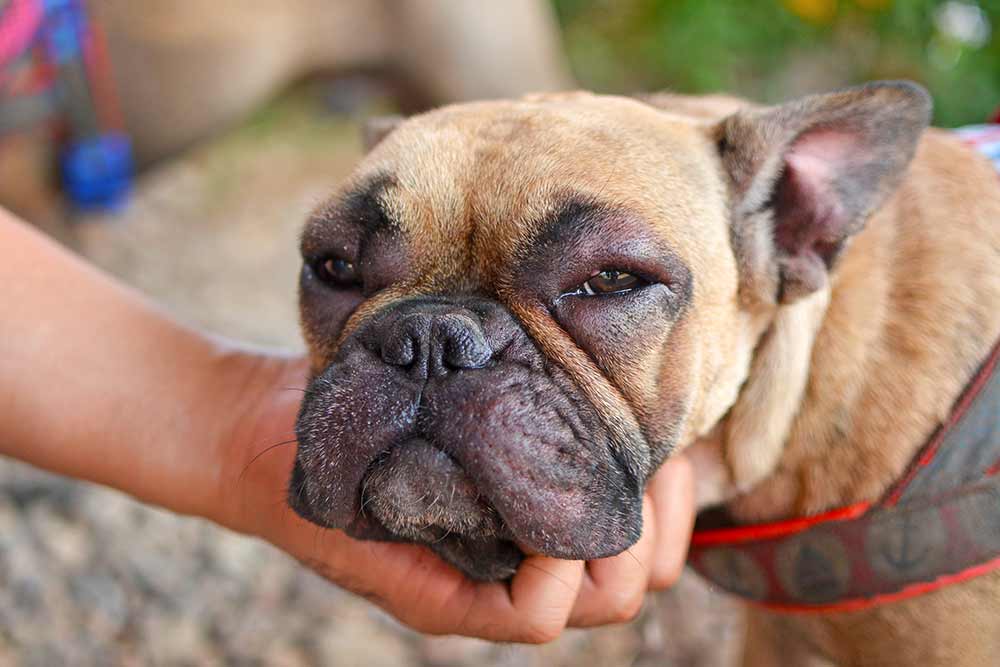
Spider Bite – Spiders have venom similar to snakes but are often less likely to cause life threatening illness. Spider bites can cause tissue swelling and necrosis, like some snake bites:
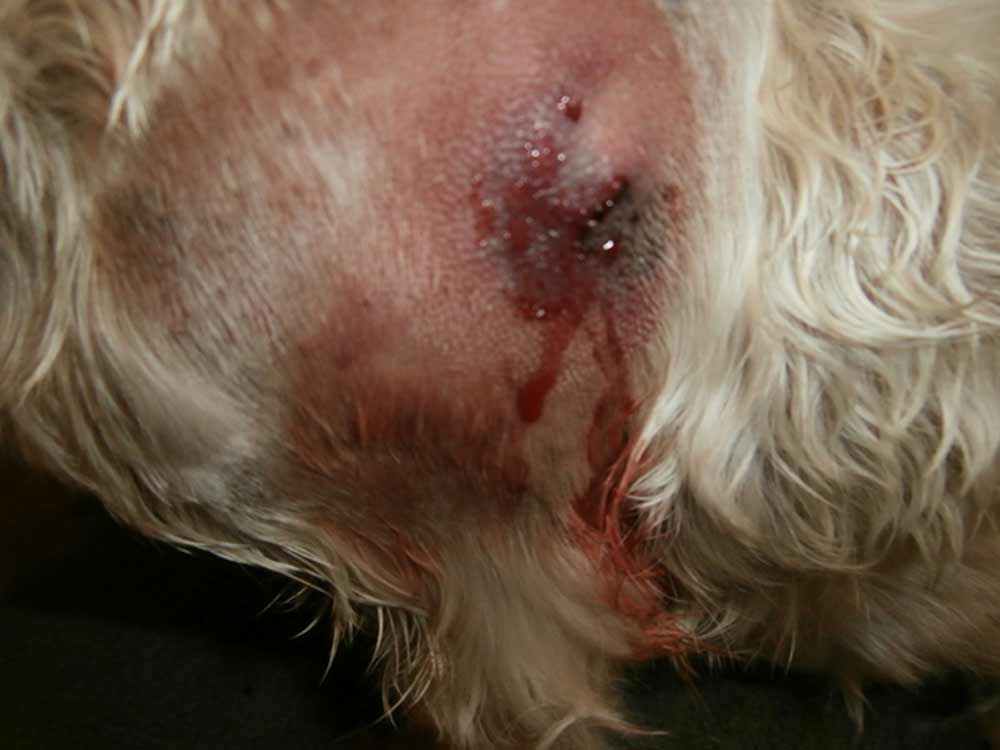
Bee Sting – Dogs love trying to eat bees and often get stung in the face. This can lead to hives and severe facial swelling secondary to an allergic reaction.


Cellulitis – This is a condition of severe infection/inflammation of the skin. Clinical signs can mimic a snake bite with severe swelling and oozing.
Related post: Snake Bites on Dogs: Signs and Treatment Advice from a Vet
Disclaimer: This website's content is not a substitute for veterinary care. Always consult with your veterinarian for healthcare decisions. Read More.


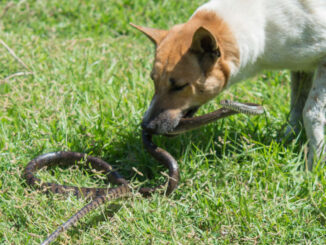
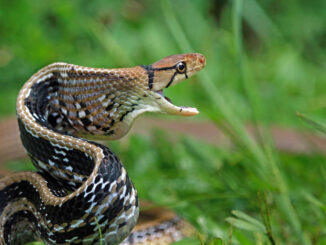
Your first picture of a snake bite on dog foot looks exactly like what was on my dog. I thought it was a snake bite and your picture confirms it. There are no venomous snakes that I know of where I live so it probably was non venomous but the snake bite caused a lot of bleeding and pain and my dog has been limping the past three days since it happened. Initially after it happened I had no idea what was causing all the bleeding and the pool of blood on the bathroom floor so I just wrapped the paw in gauze and elastic bandage after putting neosporin on all the bloody areas. Today I took off the bandage and saw clearly the two puncture wounds on the top part of the paw. My dog then licked at it furiously for half hour straight to clean the wound and all the dried up blood on the paw. I will let it dry out now for a few hours and may rebandage it depending on how it looks and if it still hurts. He is a very active australian shepherd. Probably got bit by a snake in our pond. Thanks for posting that picture and writing the article.